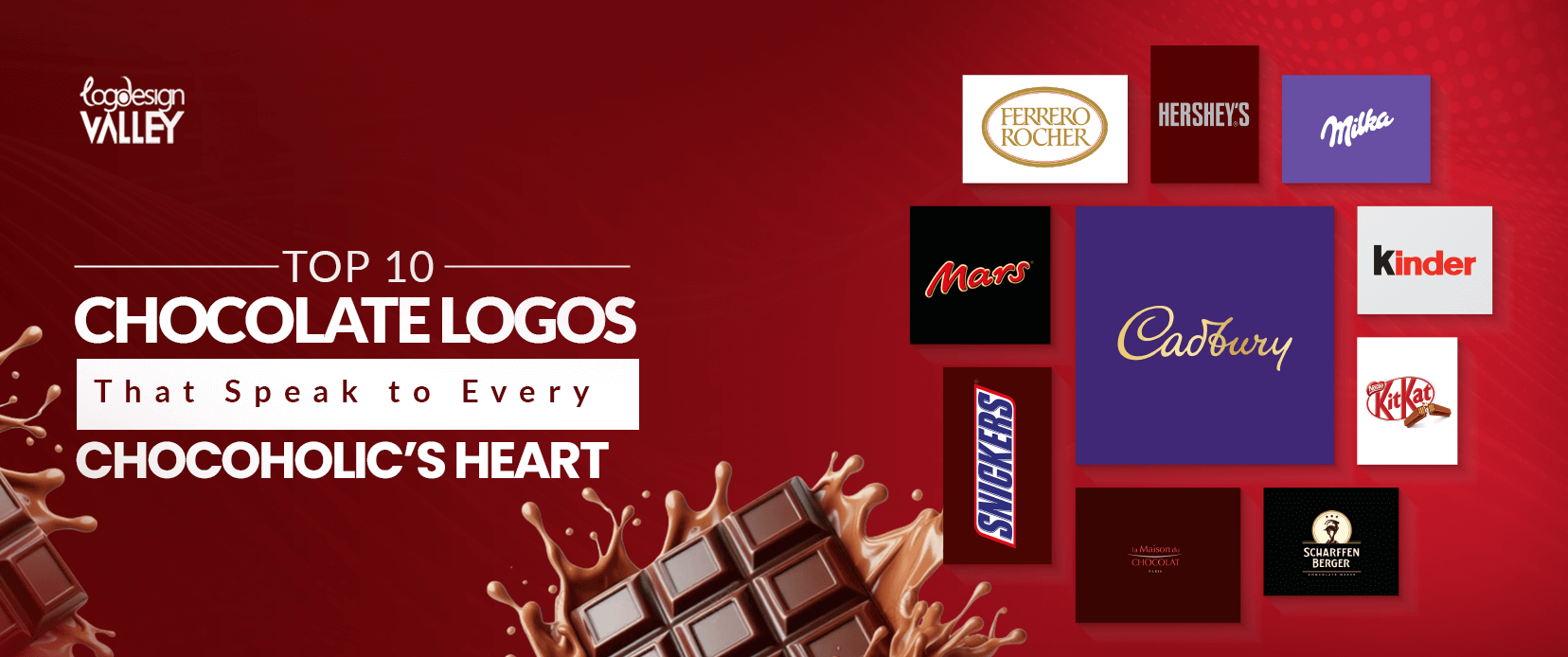Unlock the secrets to compelling brand identity with our article on ‘Discover Logo Design Best Practices for Impactful Branding.’ Explore the fundamental principles and strategies that transform logos into powerful storytellers, resonating globally. Whether you are a designer seeking insights or a business owner shaping your brand, delve into the key elements that drive enduring and impactful logo design.
In an era where visual communication reigns supreme, the significance of a well-crafted logo cannot be overstated. This article delves into the principles and strategies that elevate logos from mere symbols to powerful storytellers, leaving an indelible mark on a brand’s narrative. From understanding the psychology of color to embracing simplicity and versatility, we embark on a journey through the key elements that contribute to a logo’s effectiveness. Uncover the secrets behind memorable logos that stand the test of time and resonate with audiences globally. Whether you are a seasoned designer seeking fresh insights or a business owner navigating the visual representation of your brand, join us as we navigate the landscape of logo design, unraveling the best practices that drive impactful and enduring branding.
Logo Design Best Practices For Creating Brand Identity
Before embarking on the creation of your logo, it is imperative to possess a lucid comprehension of your brand identity. Your brand identity holds a pivotal position in the design process and must harmonize with your logo design. Grasping your brand identity entails recognizing your brand values, target audience, and overall brand personality. The integration of your brand values into your logo design necessitates a strategic application of typography, color, and symbols. Furthermore, your logo design should effectively communicate with your target audience, ensuring the conveyance of the right message to your customers. Beyond that, your logo design should encapsulate your brand personality, serving as a visual representation of your brand’s distinct identity.
Aligning your logo with your brand identity empowers you to craft a resonant emblem that effectively communicates your brand to the target market. Steer clear of designs that conflict with your brand identity or convey conflicting messages to your customers.
Keep it simple:
In logo design, prioritize simplicity. A clean, straightforward design enhances memorability and recognition. Avoid overcrowding with excessive elements or intricate fonts; simplicity effectively communicates your brand’s identity. Opt for a sleek, minimalistic, and visually appealing design to ensure easy scalability, adaptability, and lasting appeal across various sizes and mediums. A simple logo enhances brand recall, staying prominently in customers’ minds.
Integrating symbols or icons that carry significance:
When crafting a logo, enhance your brand by integrating meaningful symbols or icons. These elements offer an efficient visual means for brands to communicate their products or services. However, it is essential to choose symbols or icons that hold significance and relevance to your brand, as a meaningless choice can diminish the overall impact. Consider your brand’s industry and the desired message when selecting symbols or icons. For instance, a restaurant might opt for a fork and knife icon, while a fitness brand could incorporate a dumbbell icon. Ensure these symbols are unique and easily recognizable within the overall logo design. Strive for balance to prevent clashes with other elements and to maintain the logo’s overall impact, ultimately reinforcing your brand identity through thoughtful symbol integration.
Opting for the right colors:
Your logo’s color holds immense importance, influencing emotions and setting the brand’s mood. When choosing a color palette, consider your brand personality and target audience. Warm tones, such as red, yellow, and orange, evoke energy and passion, while cool tones, like blue, green, and purple, convey calmness and trust. Create harmony by selecting complementary colors, either opposite or adjacent, on the color wheel. Avoid using too many colors and stick to a maximum of three to prevent a cluttered appearance. Keep in mind that the chosen colors impact your brand’s overall perception, so invest time in selecting a palette that authentically reflects your brand identity and resonates with your target audience.
Fonts and Typography:
Typography and fonts play a pivotal role in shaping your logo’s appearance and communicating vital information about your brand. Choosing the appropriate font is crucial to represent your brand personality and message accurately. When contemplating typography and fonts, prioritize legibility and recognizability to ensure audience clarity and clarity in reading your logo. Tailor your font selection to align with your business type and the intended message.
Consider customizing fonts or incorporating unique typography to enhance logo memorability, but exercise caution to avoid excessive font variety, which may lead to a cluttered and confusing design.
Ultimately, your chosen typography and fonts should harmonize with your overall brand identity and message, maintaining consistency across your brand assets and establishing a unified visual identity.
Adaptability and scalability:
Your brand’s face, the logo, must be scalable and adaptable to diverse sizes and mediums for optimal recognition. Whether on a small business card or a large billboard, your logo should remain easily identifiable. During logo design, prioritize versatility to guarantee usability across various platforms. Failure to create a scalable and adaptable logo risks compromising brand identity and recognition.
Attend to minutiae to ensure legibility and visual appeal at any size. Avoid overly complex designs that lose effectiveness when scaled down or extremely simple ones that lack memorability when scaled up.
Prioritizing scalability and adaptability in your logo design ensures effectiveness and recognition across all platforms and mediums.
Steering enduring trends, timeless design:
While succumbing to the allure of the latest design trends in your logo may be tempting, emphasizing timelessness is paramount. Design trends may come and go, but a well-crafted logo should endure.
Rather than fixating on current trends, consider the enduring impact of your logo design: overly trendy logos risk swift obsolescence and diminished effectiveness.
Prioritizing timelessness ensures an enduring visual identity for your brand. Therefore, in logo design, we strive to craft not only aesthetically pleasing visuals but also designs imbued with a timeless quality.
Achieving a balance between trendiness and timelessness is crucial in logo design. Incorporating classic design elements alongside modern touches strikes a balance, creating a logo that is trendy yet maintains relevance in the future.
Remember, your logo serves as the face of your brand, conveying your identity to the target audience. By eschewing transient design trends and emphasizing timelessness, your logo becomes a lasting representation of your brand for years to come.
Conducting assessments and seeking input:
Before finalizing your logo design, it is crucial to test it with your target audience and gather feedback actively. This vital step ensures effective communication of your brand identity and resonance with your target market. Utilizing surveys or focus groups provides valuable insights into how your audience perceives your logo.
When soliciting feedback, maintain an open-minded approach and welcome constructive criticism. Consider the feedback received and use it as a guide to refine your logo design further. Prioritize elements that resonate with your audience, incorporating them into the final design.
Testing and gathering feedback should be an iterative process, guaranteeing alignment between your logo design, brand identity, and audience perceptions. By integrating feedback into the design process, you can cultivate a logo that effectively communicates your brand’s values and identity.
Putting your logo into action
Now that you have finalized your logo design, it’s time to actively integrate it across your brand assets, with consistency being paramount for brand recognition and recall. Begin by incorporating your logo on your website, social media platforms, business cards, and other marketing materials, ensuring the use of the correct file format and version for each platform. It is advisable to establish brand guidelines detailing the proper usage of your logo, specifying minimum size, color options, and placement. This proactive measure ensures a unified visual identity and mitigates any potential misuse of your logo. Additionally, exploring the creation of branded merchandise, such as t-shirts, mugs, or pens featuring your logo, can serve to bolster brand awareness and foster loyalty.
In conclusion, delving into the intricacies of logo design best practices reveals a roadmap for crafting a visual identity that resonates and endures. From the meticulous selection of color palettes to the artful integration of meaningful symbols, each element plays a crucial role in conveying a brand’s essence. Embracing simplicity, prioritizing scalability, and incorporating timeless design principles ensure that logos transcend mere symbols, becoming powerful storytellers in the realm of impactful branding. Testing and feedback emerge as vital steps in refining designs, and the active implementation across diverse mediums solidifies a consistent brand image. By navigating the delicate balance between trendiness and timelessness, brands can carve a lasting presence in the minds of their audience. In the dynamic world of branding, these best practices serve as a compass, guiding towards a visual identity that not only captivates but also stands the test of time, fostering enduring connections with audiences.





